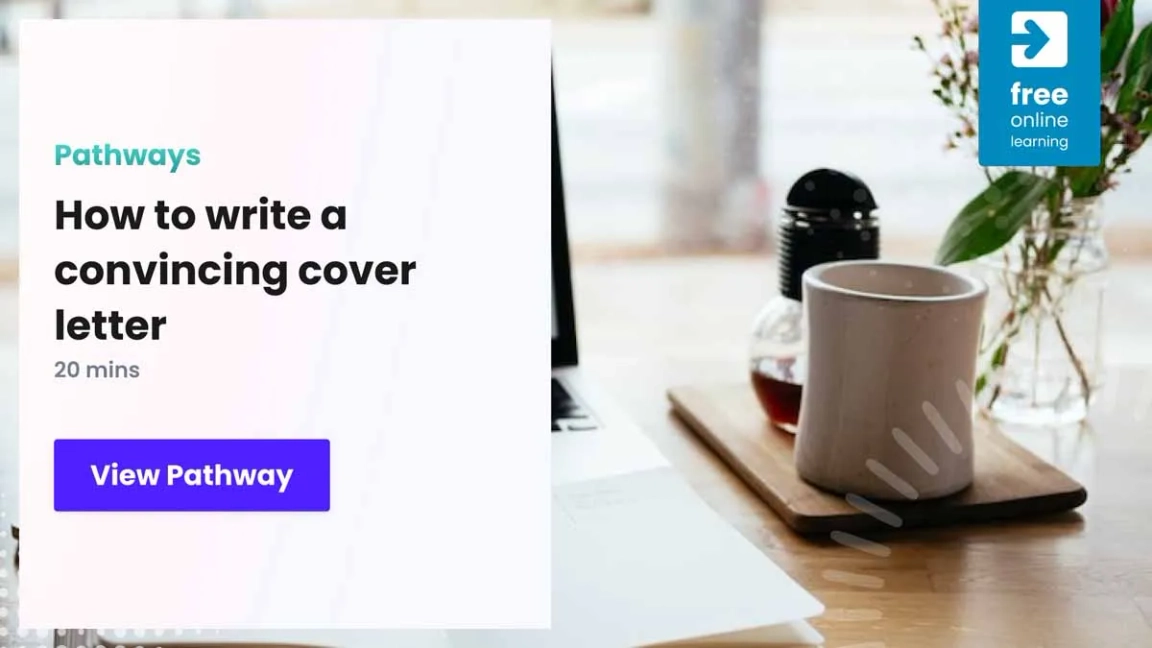How to write a cover letter for a graduate job
Last updated: 5 Oct 2023, 09:35
Although the majority of graduate employers now use online application processes, ome jobs require that you apply with the traditional CV. However, CV’s need a compelling cover letter to accompany them. Think of it as an introduction to yourself and follow our helpful tips. Remember, you need to stand out from the crowd.

gradireland editorial advice
This describes editorially independent and impartial content, which has been written and edited by the gradireland content team. Any external contributors featuring in the article are in line with our non-advertorial policy, by which we mean that we do not promote one organisation over another.

